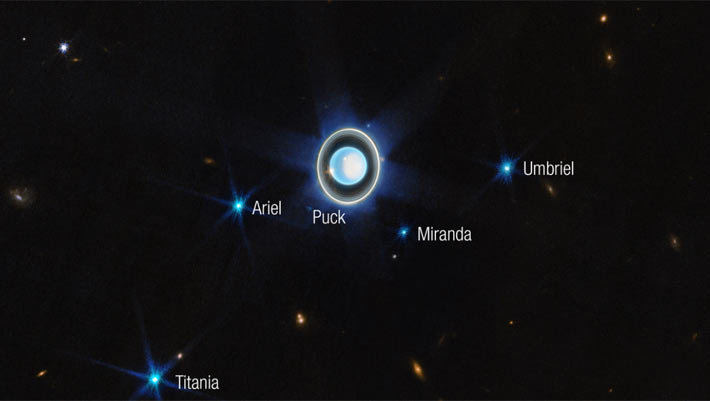
In new research, astronomers using the NASA/ESA Hubble Space Telescope searched for signs of interactions between the magnetic environment and the surfaces of Uranus and its four largest moons: Ariel, Umbriel, Titania, and Oberon.
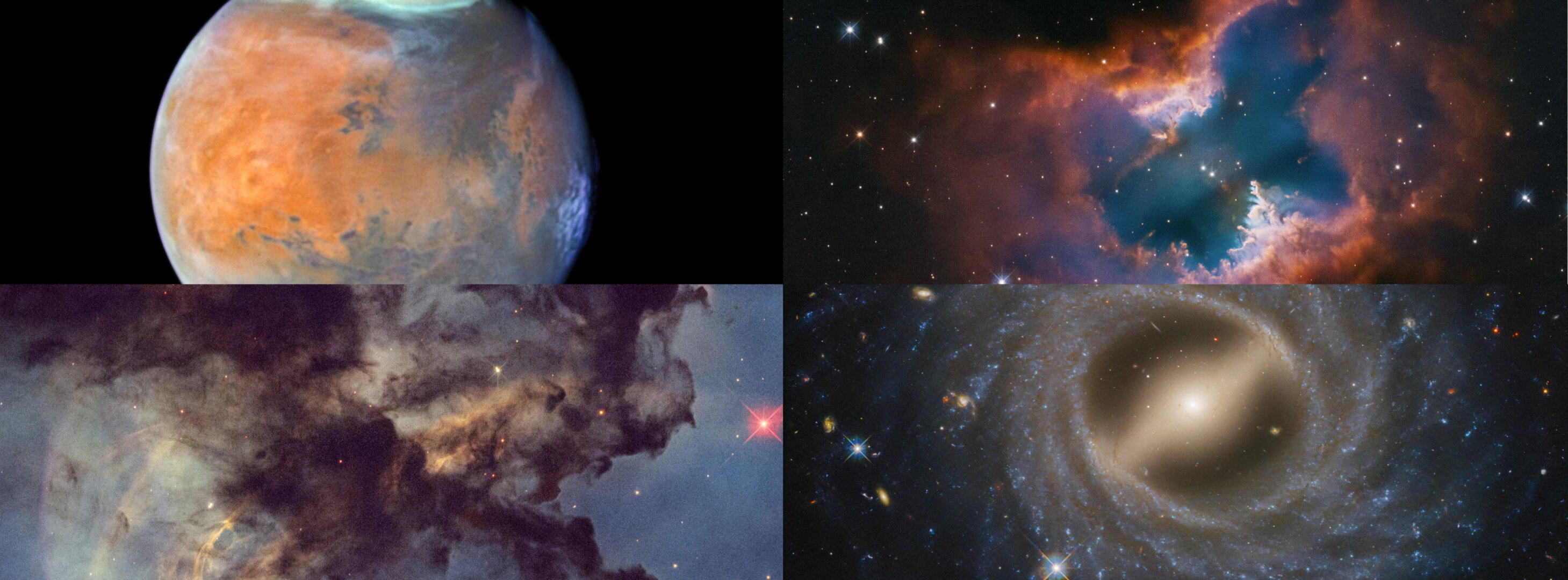
After over three decades of scrutinising our Universe, Hubble remains a household word as the most well-recognised telescope in scientific history.

In a new image from NASA’s James Webb Space Telescope, a galaxy named for its resemblance to a broad-brimmed Mexican hat appears more like an archery target.
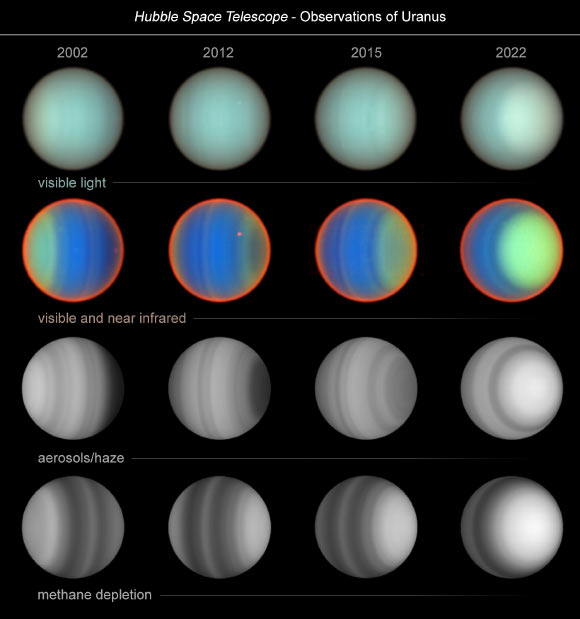
A 20-year Hubble study of Uranus provide valuable data for understanding the atmospheric dynamics of this distant ice giant, which can serve as a proxy for studying exoplanets of similar size and composition.
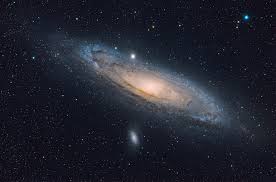
Located 2.5 million light-years away, the majestic Andromeda galaxy appears to the naked eye as a faint, spindle-shaped object roughly the angular size of the full Moon.
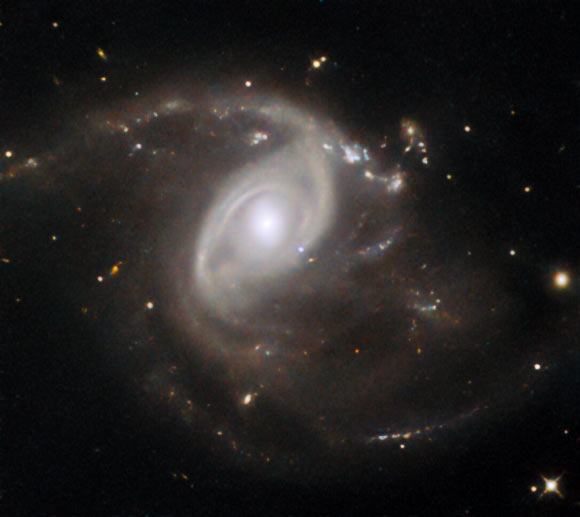
NASA has released a beautiful photo taken by the NASA/ESA Hubble Space Telescope of the spiral galaxy LEDA 22057.

Using the Hubble Space Telescope, astronomers homed in on a quasar called 3C 273, some 2.5 billion light-years from Earth.
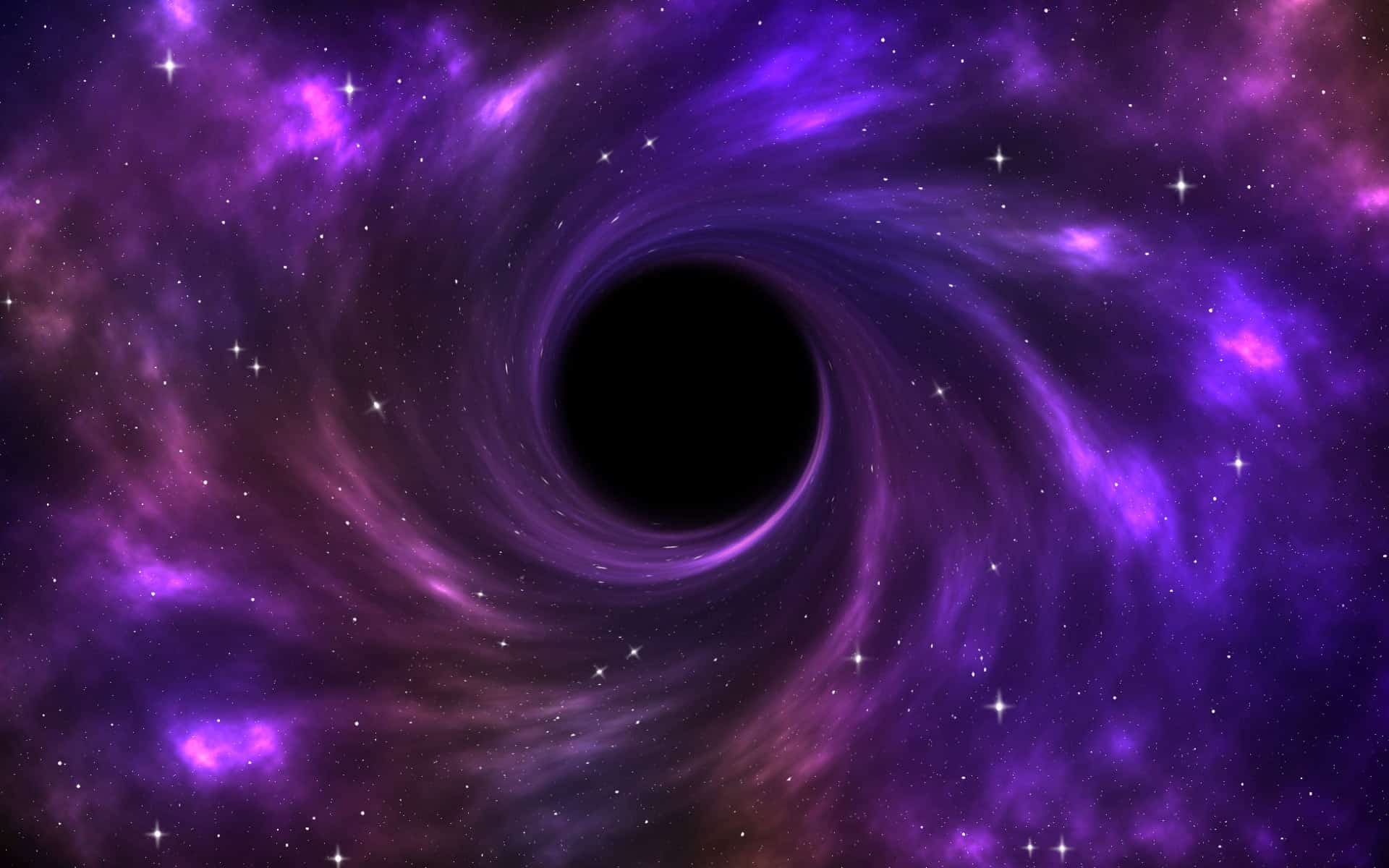
An international team of astronomers has detected seven fast-moving stars in Omega Centauri region. These stars provide compelling new evidence for the presence of an intermediate-mass black hole.
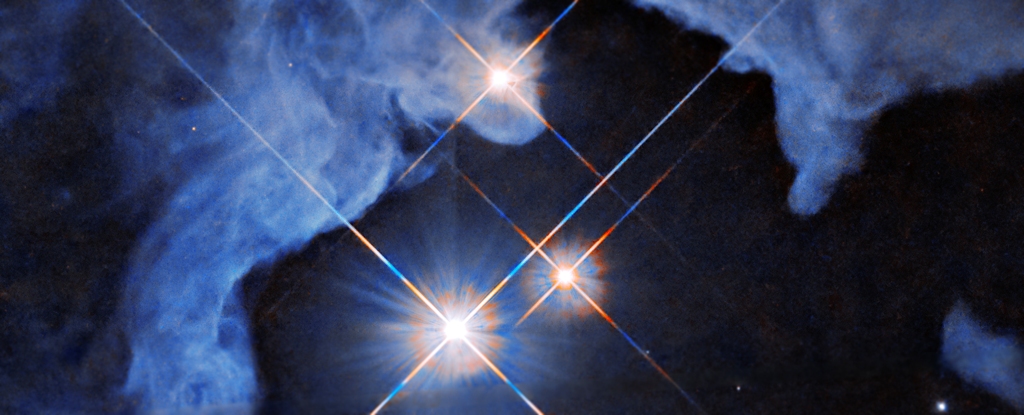
Another amazing image has been released that shows the triple-star system HP Tau, HP Tau G2, and HP Tau G3. HP Tau is so young that it hasn't started to fuse hydrogen yet and is only 10 million years old!

Astronomers using NASA's Hubble Space Telescope observed the smallest exoplanet where water vapor has been detected in the atmosphere.

Astronomers using NASA's Hubble Space Telescope have found a rare fast radio burst (FRB). This new FRB is particularly weird because it erupted halfway across the universe, making it the farthest and most powerful example detected to date.

The telescope had paused science observations Nov. 23 due to an issue with one of its gyros. The spacecraft is in good health and once again operating using all three of its gyros.

The chances of finding extraterrestrial life have improved slightly after NASA announced that its Hubble Space Telescope has confirmed the size of an Earth-sized exoplanet only 22 light-years from Earth.

A new method for scanning telescope images for the faintest signs of rock far beyond Pluto has uncovered evidence that our Solar System's disc of material extends far further into interstellar space than we thought.

A very rare, strange burst of extraordinarily bright light in the universe just got even stranger. The phenomenon, called a Luminous Fast Blue Optical Transient (LFBOT), flashed onto the scene where it wasn't expected to be found.